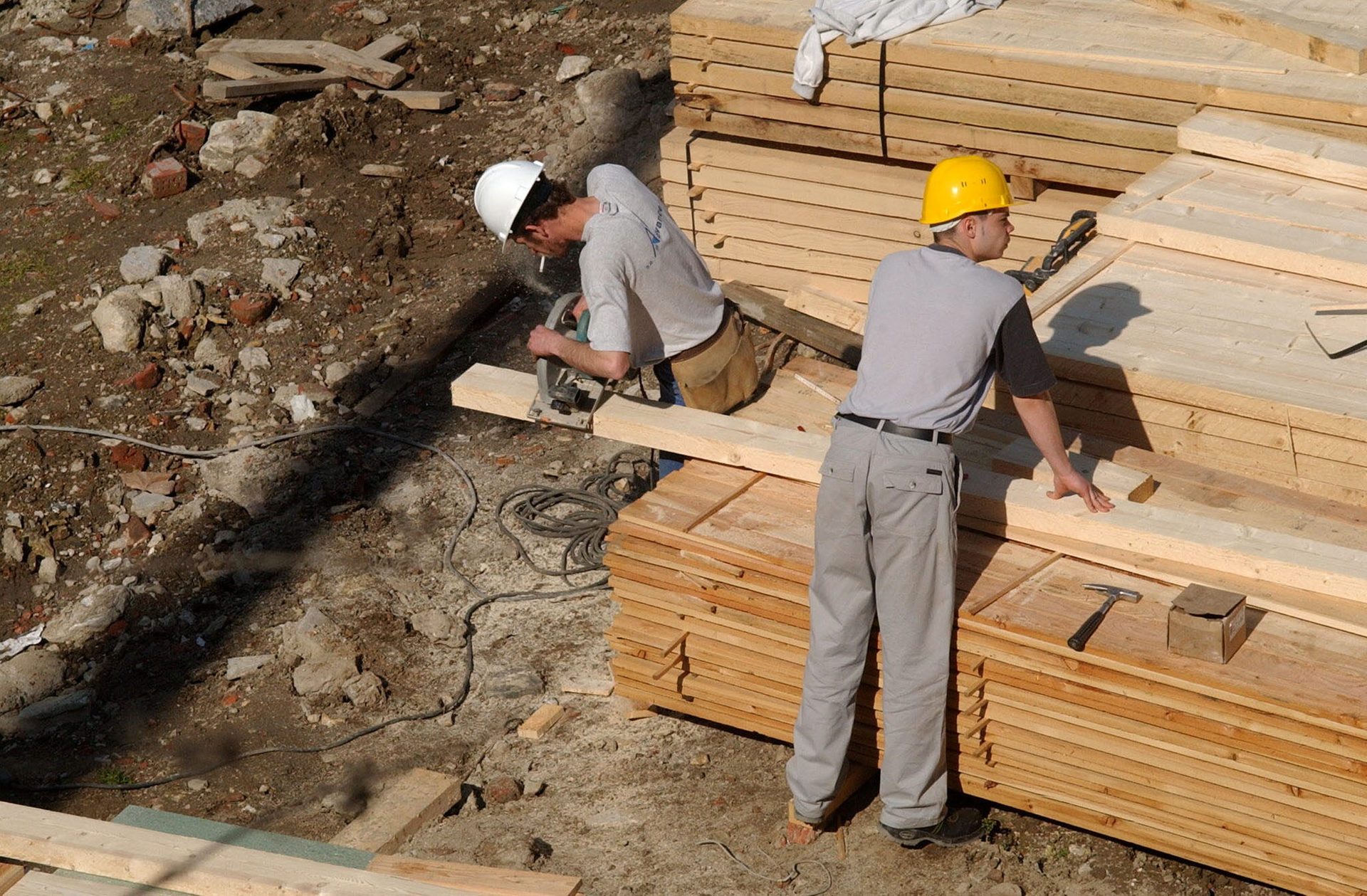In recent years Brussels has seen a rise in both the number of working people and their qualification level. But whilst the employment rate has increased significantly, it remains well below the national average.
Compared to Flanders and Wallonia, the Brussels-Capital Region has for the last 20 years consistently recorded the lowest employment in Belgium. This has now changed as the latest employment rate for the region is 67% [of 20 to 64-year-olds who have a job], overtaking Wallonia (65%).
"Between 2017 and 2023, the employment rate of the Brussels population rose from 61% to 67%," researchers Aina Astudillo Fernandez of the Brussels Institute for Statistics and Analysis (BISA) and the National Bank's Geoffrey Minne, reported in a recent study.
"The employment rate has never been so high since the region was created in 1989," the report notes. It's an upward trend that has been recorded in Belgium's three regions. But between 2017 and 2023 Brussels saw the most progress (+6 percentage points/pp). Flanders remains the highest – 77% in 2023.
More people working
Brussels has seen a 16% rise in the number of people in employment (around 4,700 people). This increase is twice that of Flanders and four times that in Wallonia.
The rise is recorded both among men and women. The capital's workforce is split between 55% men and 45% are women. The rise was most pronounced among international residents, especially those from non-EU countries. "However, the proportion of Belgian workers is still higher, now at 60%."

Credit: Belga/ Jonas Hamers
The improvement is widely welcomed, as it indicates a stronger purchasing power and makes the economy more resistant to economic challenges. It also reduces the risk of poverty and allows the burden of public spending to be shared more evenly.
But the researchers stressed the need for "a critical and empirical analysis", cautioning that employment rates "by definition offer only a partial view" of prosperity among the population. In particular, they said that persistent inequalities remain between different categories of workers.
Employment in Brussels still sits below the national average (72.1% in 2023). This can be explained by the fact that many people working in Brussels live in other regions, the young age of the population, the many no-Belgians living here (many of whom face additional obstacles in accessing employment), and the fact that many people moving away from Brussels to Flanders and Wallonia are employed.
Is more skilled always better?
The biggest evolution in the capital's labour market since 2017 was in qualification levels. "The number of highly qualified employed Brussels residents increased by 28% in six years," the researchers observed. At the same time, the share of employed people with low qualifications fell. The proportion of highly qualified people is now 62%.
The proportion of highly skilled occupations (particularly specialists in finance, business management, economics and social sciences) increased in Brussels. The proportion of people employed in international organisations such as the European Commission or NATO rose to 9%.
However, a more skilled workforce can have negative repercussions, such as job vacancies in low-skilled occupations (cleaners, caretakers and security guards). Many of these sectors are struggling with staff shortages. As a result of these two trends, people with medium-level qualifications are forced to accept lower-skilled, lower-paid jobs to remain in employment, while people with low-level qualifications find themselves squeezed out of the labour market.
The number of jobs in the manufacturing industry also continues to decline slowly (from 5.3% in 2017 to 4.1% in 2023). "The closure of the Audi factory in Forest will further exacerbate this phenomenon."

